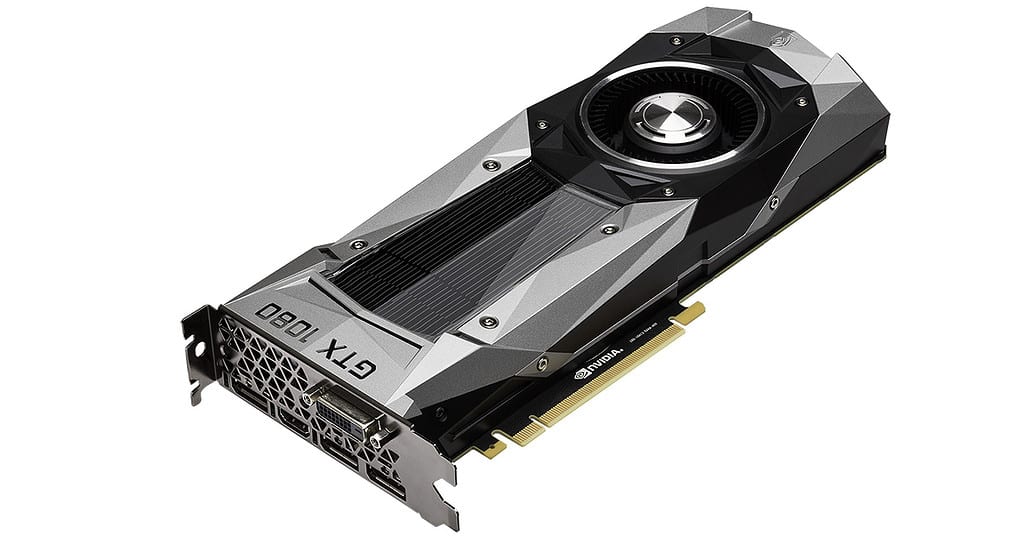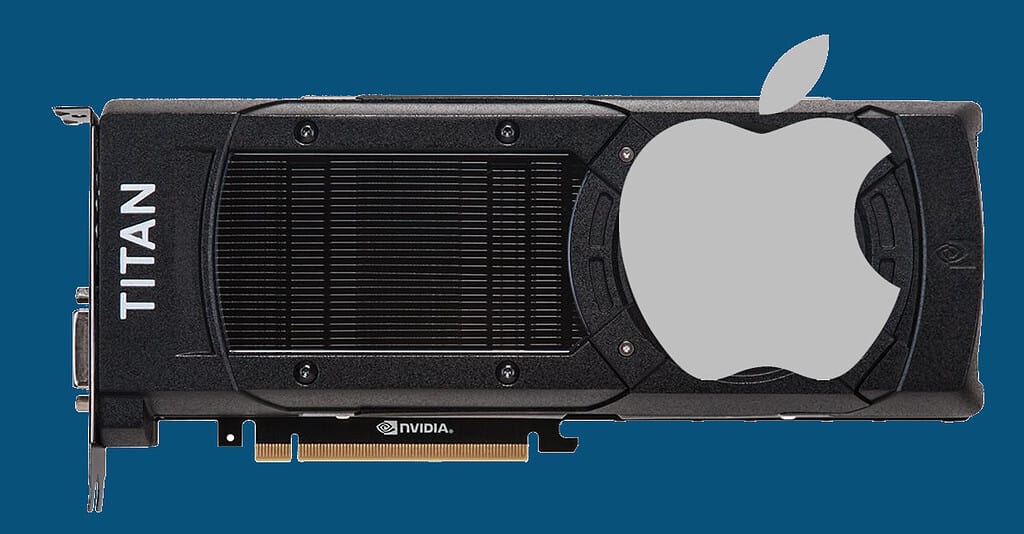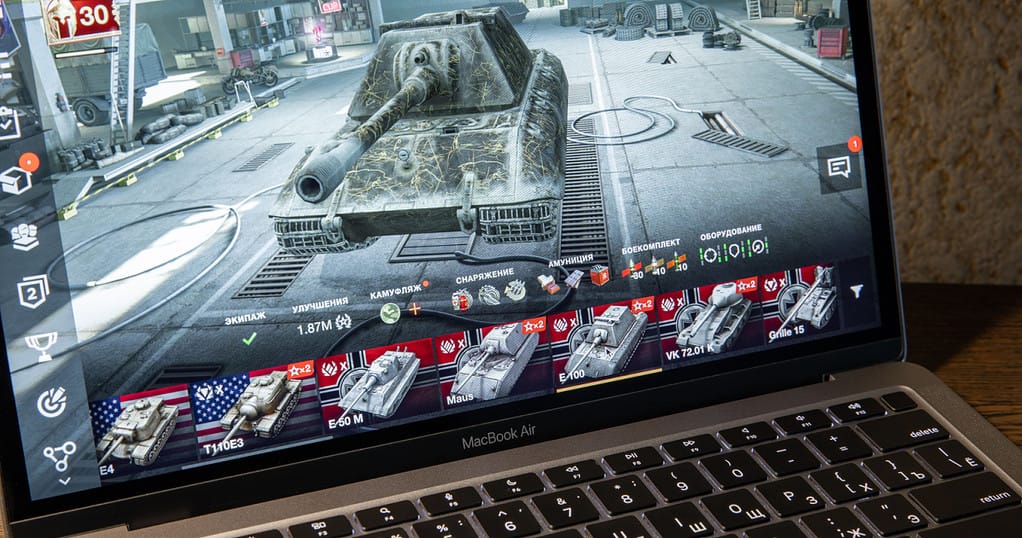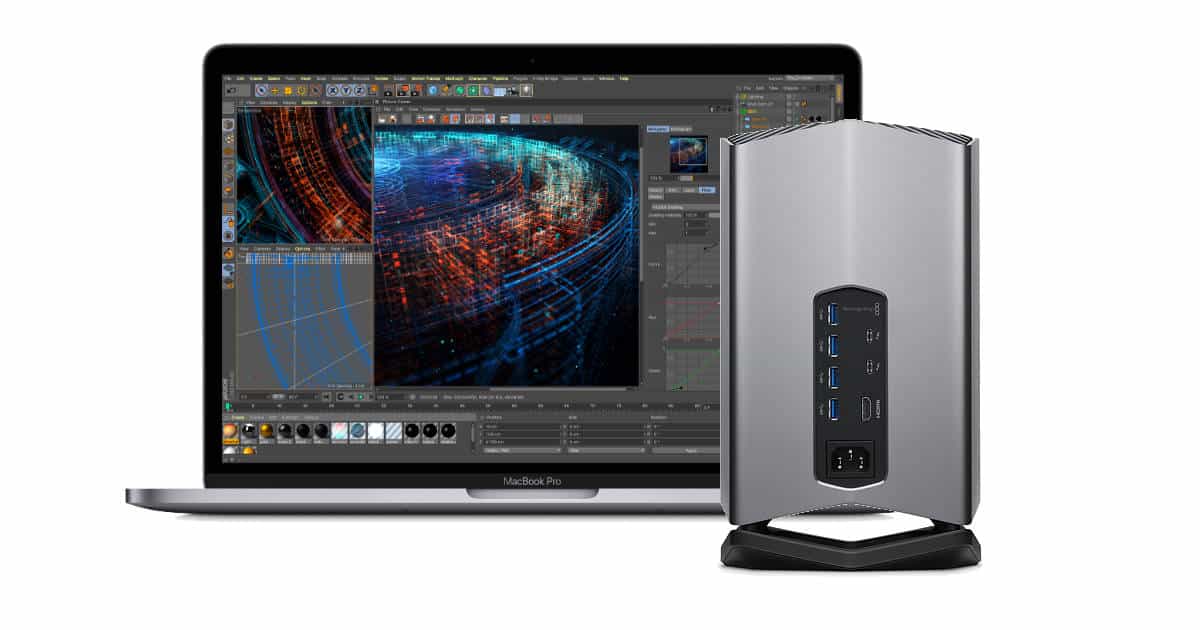Apple is known to offer cutting-edge hardware, in some aspects, even on its more affordable devices. Ports, for instance: Mac Mini, MacBook Air, and MacBook Pro all started featuring USB 3.0 and Thunderbolt in 2012. To put things into perspective, the Mac Pro only started using those in 2013.
The opposite happens with graphics cards. Back when Apple used Intel processors, many MacBook Pro models, which are supposedly flagship laptops, featured only built-in graphics. Because of that, it isn’t surprising that a considerable number of people wanted to use their Mac with an external GPU (eGPU).
What Is an External GPU (eGPU)?

In case you don’t know, external GPUs are special enclosures that allow “portable” desktop-grade graphics cards. They aren’t exactly light or small, but at least they’re lighter and smaller than a full-blown desktop.
To use an external GPU, you need ports like Thunderbolt, USB 4, or OCuLink. They connect the computer to the eGPU, which in turn connects to monitors using DisplayPort, Thunderbolt, or HDMI cables. External graphics cards are supported on macOS since High Sierra, but (officially) require a Mac with Thunderbolt 3 ports.
How To Use eGPUs With macOS
The good news is that eGPU connection is plug-and-play for newer Mac models with official external GPU support. An icon will appear on the menu bar indicating the graphics card is connected.
If you have an older Mac, there are still ways to use an eGPU. This will require some work, which involves modifying advanced system settings. You’ll need to install OpenCore (or, for a more practical solution, install OpenCore Legacy Patcher) and the Kryptonite system extension. You can check detailed installation instructions on Kryptonite’s wiki.
Should I Buy an eGPU for My Mac?

Now, for the drawbacks — and they’re quite a few. Some are related to specific Macs, some are more broadly about macOS, and some are about using eGPUs in general.
Bandwidth Issues
For starters, eGPUs have considerably lesser performance when compared to their internal counterparts. That’s because graphics cards use a PCI-Express connection, which needs to be converted to Thunderbolt on the eGPU enclosure. The conversion process causes some loss, and another one happens on the Mac, back to PCI-Express. This issue doesn’t happen just with Macs: it’s intrinsic to using an eGPU on any computer, and can’t be avoided.
Related to that, Thunderbolt 3 connections used by officially supported Macs offer less bandwidth than what eGPUs demand. Modern cards output 32 (for PCI-E 3.0) or 64 (PCI-E 4.0) GB/s. Thunderbolt 3 only goes up to about 4 GB/s. Older Macs use earlier Thunderbolt versions, with half that transfer rate. That doesn’t mean external graphics cards won’t work, only that they’ll provide way less power than they do on desktops.
Compatibility Issues
Newer Macs have Thunderbolt 4 ports, which, while still way below the bandwidth of modern GPUs, double Thunderbolt 3 speeds. These could be decent candidates to use external graphics cards, right?
Wrong.
All Macs that have Thunderbolt 4 ports are powered by Apple Silicon processors. And, to this day, no M-series CPU supports graphics cards — internal or external — other than the built-in one. That even includes Apple’s highest-end model, the Mac Pro.
And even Macs that support using an eGPU are limited to a few cards. Apple has an official list on the company’s support page, and there’s also the eGPU.io list. The latter, compiled by enthusiasts of external graphics cards, includes eGPUs to use with Thunderbolt 1 and 2 as well.
One advice is to steer clear from NVIDIA graphics cards. Only a few of them are supported in macOS Big Sur, and absolutely none are supported in Monterey or later.
Using an eGPU With a Mac Isn’t Likely Worth the Hassle

I really wish eGPUs were as easy to use as people paint them to be. The idea of connecting a beefier graphics card for gaming or rendering videos, while keeping a laptop sleek, is great. But we’re just not there yet.
Desktop graphics cards are big and heavy, the connections aren’t fast enough, and, for Mac users, compatibility is lame. That’s not even considering that eGPU enclosures are terribly expensive — and many don’t even include the GPU, it’s a separate purchase.
If your mind is set on buying an eGPU for your Mac, though, go ahead. In the future, when using one becomes convenient enough, I’ll thank you for helping to keep this industry alive.
